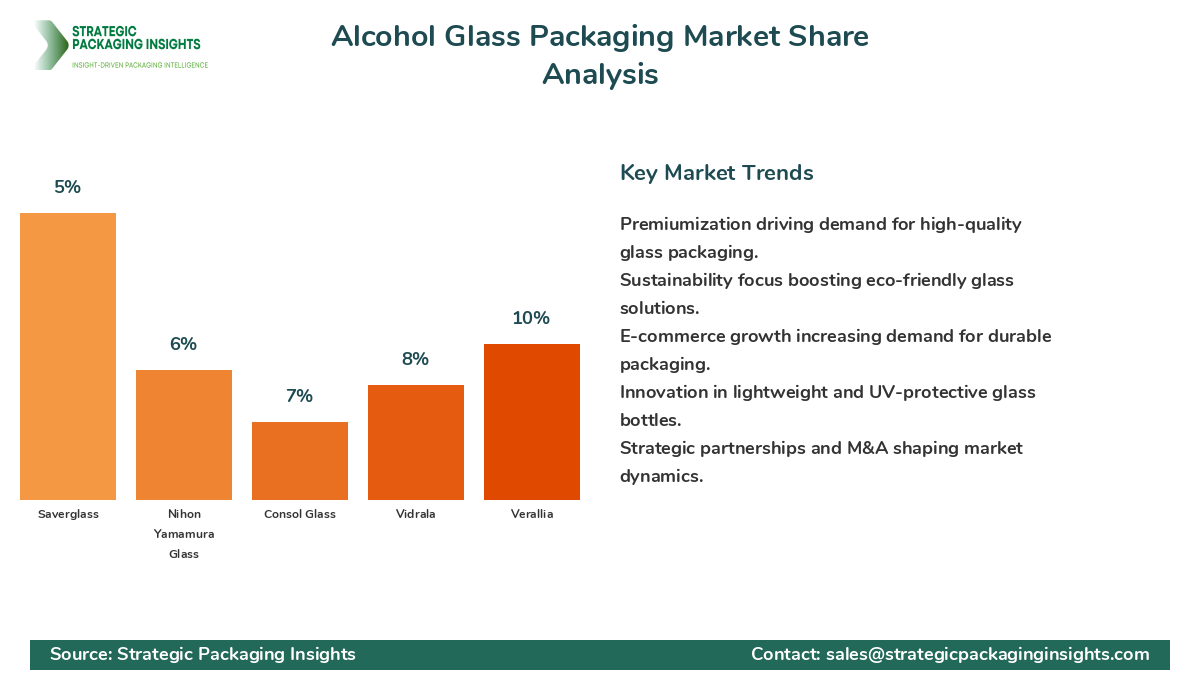- Home
- Beverage Packaging
- Alcohol Glass Packaging Market Size, Future Growth and Forecast 2033
Alcohol Glass Packaging Market Size, Future Growth and Forecast 2033
Alcohol Glass Packaging Market Segments - by Type (Bottles, Jars, Others), Application (Beer, Wine, Spirits, Others), End-User (Breweries, Distilleries, Wineries, Others), and Region (Asia Pacific, North America, Latin America, Europe, and Middle East & Africa) - Market Dynamics, Growth Opportunities, Strategic Drivers, and PESTLE Outlook (2025–2033)
Alcohol Glass Packaging Market Outlook
The alcohol Glass Packaging market was valued at $45 billion in 2024 and is projected to reach $65 billion by 2033, growing at a CAGR of 4.2% during the forecast period 2025-2033. This market is driven by the increasing demand for premium alcoholic beverages, which often require high-quality packaging to enhance brand perception and consumer experience. Glass packaging is favored for its ability to preserve the taste and quality of alcohol, as well as its recyclability, which aligns with growing environmental concerns. The market is also benefiting from the rising trend of craft beverages, which often utilize unique and aesthetically pleasing glass packaging to differentiate their products in a competitive market.
Report Scope
| Attributes | Details |
| Report Title | Alcohol Glass Packaging Market Size, Future Growth and Forecast 2033 |
| Base Year | 2024 |
| Historic Data | 2017-2023 |
| Forecast Period | 2025-2033 |
| Number of Pages | 109 |
| Type | Bottles, Jars, Others |
| Application | Beer, Wine, Spirits, Others |
| End-User | Breweries, Distilleries, Wineries, Others |
| Region | Asia Pacific, North America, Latin America, Europe, Middle East & Africa |
| Customization Available | Yes* |
Opportunities & Threats
One of the significant opportunities in the alcohol glass packaging market is the growing consumer preference for Sustainable Packaging solutions. As environmental awareness increases, consumers are gravitating towards products that offer eco-friendly packaging options. Glass, being 100% recyclable, fits perfectly into this trend, providing manufacturers with an opportunity to market their products as environmentally responsible. Additionally, the premiumization trend in the alcoholic beverage industry is driving demand for high-quality, aesthetically pleasing glass packaging that can enhance the perceived value of the product. This trend is particularly strong in emerging markets where disposable incomes are rising, and consumers are willing to pay more for premium products.
Another opportunity lies in the innovation of glass packaging designs and technologies. Companies are investing in research and development to create lightweight glass bottles that reduce transportation costs and carbon emissions without compromising on quality. Innovations such as UV-protective coatings and advanced printing techniques are also gaining traction, allowing brands to offer unique and differentiated packaging solutions. Furthermore, the rise of e-commerce in the alcoholic beverage sector is creating new demand for glass packaging that can withstand the rigors of shipping while maintaining product integrity and appeal.
However, the alcohol glass packaging market faces several restraining factors. The high cost of glass compared to alternative packaging materials like plastic and aluminum can be a deterrent for some manufacturers, particularly in cost-sensitive markets. Additionally, the fragility of glass poses challenges in handling and transportation, leading to higher logistics costs and potential product losses. Regulatory pressures related to packaging waste and recycling mandates are also increasing, requiring companies to invest in sustainable practices and technologies, which can add to operational costs.
The alcohol glass packaging market is characterized by a competitive landscape with several key players vying for market share. Companies are focusing on strategic partnerships, mergers, and acquisitions to expand their market presence and enhance their product offerings. The market is dominated by a few large players, but there is also a significant presence of regional and local manufacturers who cater to specific markets and niches. The competitive dynamics are influenced by factors such as product innovation, brand reputation, and distribution networks.
Ardagh Group, a leading player in the glass packaging industry, holds a significant market share due to its extensive product portfolio and strong customer relationships. The company is known for its innovative packaging solutions and commitment to sustainability, which have helped it maintain a competitive edge. Owens-Illinois, another major player, has a robust global presence and offers a wide range of glass packaging solutions for the alcohol industry. The company's focus on operational efficiency and technological advancements has enabled it to capture a substantial share of the market.
Verallia, a prominent name in the glass packaging sector, is recognized for its high-quality products and customer-centric approach. The company has been investing in expanding its production capabilities and enhancing its product offerings to meet the evolving needs of the alcohol industry. Vidrala, a key player in the European market, is known for its innovative designs and sustainable practices, which have helped it gain a strong foothold in the market. The company's strategic focus on customer satisfaction and operational excellence has contributed to its success.
Other notable companies in the alcohol glass packaging market include Consol Glass, which has a strong presence in the African market, and Nihon Yamamura Glass, which is a leading player in the Asia Pacific region. These companies are leveraging their regional expertise and customer insights to offer tailored solutions that meet the specific needs of their markets. The competitive landscape is dynamic, with companies continuously striving to enhance their product offerings and expand their market reach through strategic initiatives.
Key Highlights Alcohol Glass Packaging Market
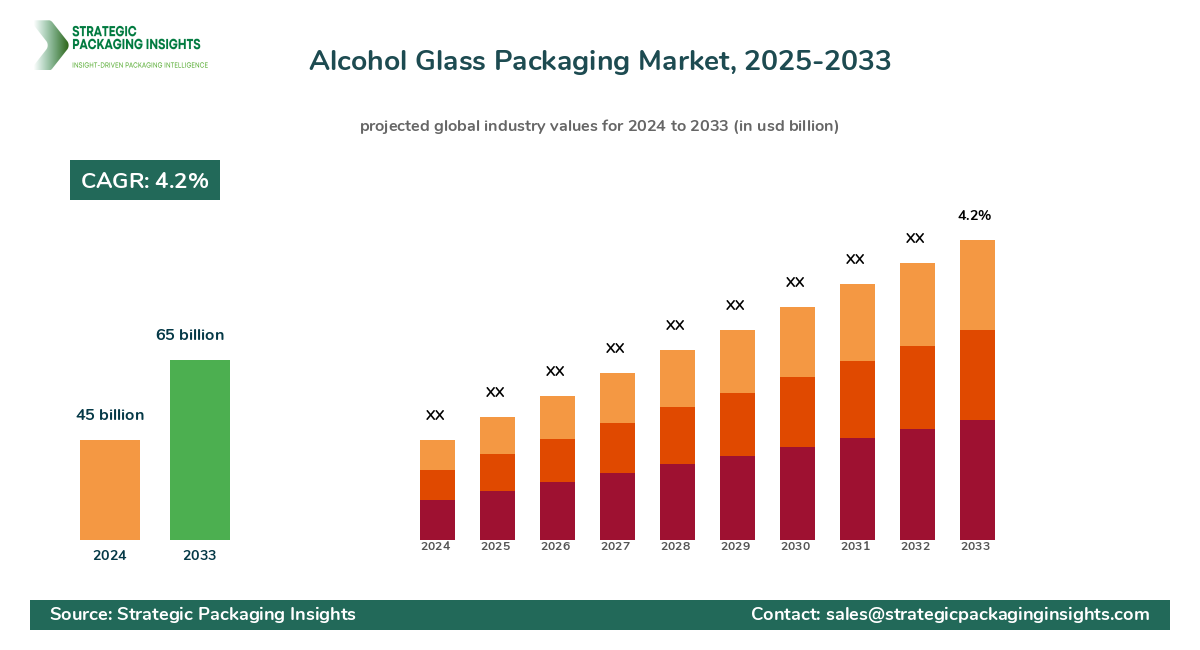
- Increasing demand for premium alcoholic beverages driving market growth.
- Rising consumer preference for sustainable and eco-friendly packaging solutions.
- Innovations in glass packaging designs and technologies gaining traction.
- Growing e-commerce sector creating new demand for durable glass packaging.
- High cost of glass compared to alternative materials remains a challenge.
- Regulatory pressures related to packaging waste and recycling mandates increasing.
- Strategic partnerships and acquisitions shaping the competitive landscape.
- Regional players leveraging local expertise to cater to specific markets.
- Focus on lightweight glass bottles to reduce transportation costs and emissions.
- Advanced printing techniques and UV-protective coatings enhancing product appeal.
Premium Insights - Key Investment Analysis
The alcohol glass packaging market is witnessing significant investment activity, driven by the growing demand for premium and sustainable packaging solutions. Venture capital firms and private equity investors are increasingly focusing on companies that offer innovative glass packaging technologies and sustainable practices. The market is also seeing a rise in mergers and acquisitions as companies seek to expand their product portfolios and geographic reach. Investment valuations in the sector are being driven by factors such as technological advancements, brand reputation, and market potential.
Return on investment (ROI) expectations in the alcohol glass packaging market are high, given the strong demand for premium alcoholic beverages and the increasing focus on sustainability. Investors are particularly interested in companies that offer unique and differentiated packaging solutions, as these are seen as key drivers of growth in the market. Emerging investment themes include the development of lightweight glass bottles, advanced printing techniques, and UV-protective coatings, which are gaining traction among consumers and brands alike.
Risk factors in the alcohol glass packaging market include the high cost of glass compared to alternative materials, regulatory pressures related to packaging waste, and the fragility of glass, which can lead to higher logistics costs. However, the strategic rationale behind major deals in the market is centered around the growing demand for premium and sustainable packaging solutions, which are expected to drive long-term growth. High-potential investment opportunities exist in regions such as Asia Pacific and Latin America, where rising disposable incomes and changing consumer preferences are driving demand for premium alcoholic beverages.
Alcohol Glass Packaging Market Segments Insights
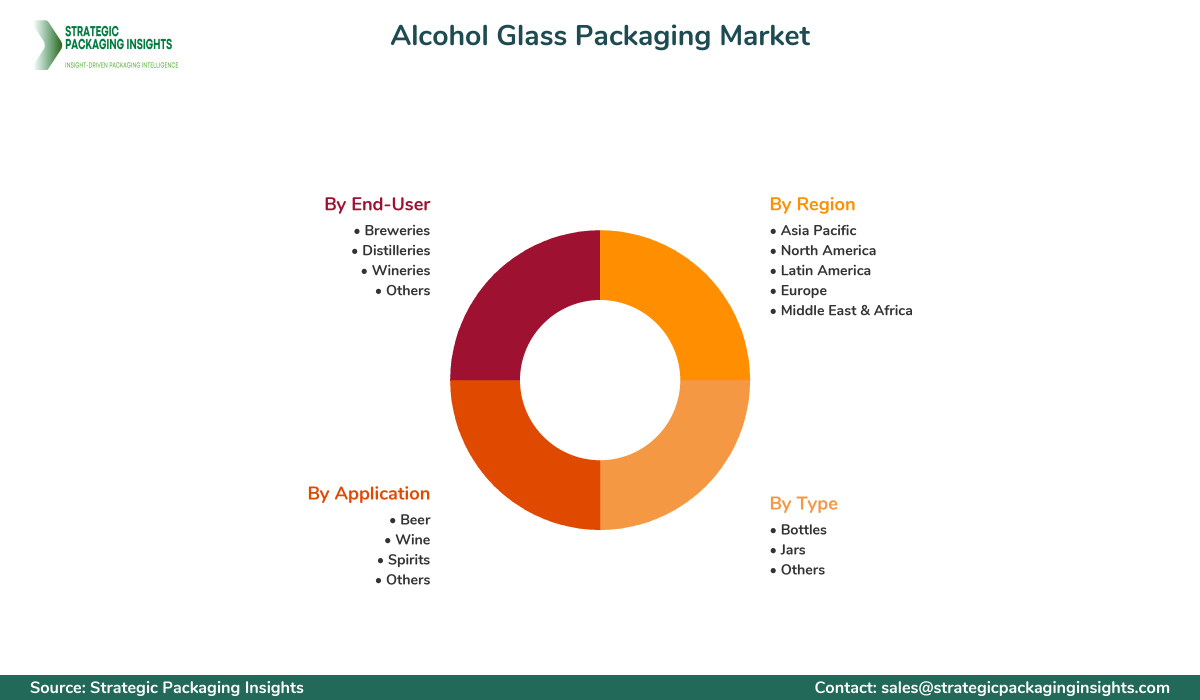
Type Analysis
The alcohol glass packaging market is segmented by type into bottles, jars, and others. Bottles are the most dominant segment, driven by their widespread use in packaging various alcoholic beverages such as beer, wine, and spirits. The demand for glass bottles is fueled by their ability to preserve the taste and quality of alcohol, as well as their aesthetic appeal, which enhances brand perception. Jars, although a smaller segment, are gaining popularity for packaging certain types of spirits and craft beverages, where unique packaging can differentiate products in a competitive market.
Trends in the type segment include the development of lightweight glass bottles that reduce transportation costs and carbon emissions. Companies are also investing in advanced printing techniques and UV-protective coatings to offer unique and differentiated packaging solutions. The competition in this segment is intense, with companies focusing on innovation and sustainability to gain a competitive edge. Customer demand is driven by the increasing preference for premium and eco-friendly packaging solutions, which align with the growing trend of premiumization in the alcoholic beverage industry.
Application Analysis
The application segment of the alcohol glass packaging market includes beer, wine, spirits, and others. The wine segment is a major contributor to market growth, driven by the increasing demand for premium wines and the rising trend of wine consumption in emerging markets. Glass packaging is preferred for wine due to its ability to preserve the taste and quality of the product, as well as its aesthetic appeal, which enhances brand perception. The beer segment is also significant, with glass bottles being the preferred packaging choice for premium and craft beers.
Trends in the application segment include the growing demand for premium and craft beverages, which often utilize unique and aesthetically pleasing glass packaging to differentiate their products. Companies are focusing on innovation and sustainability to meet the evolving needs of consumers, with a particular emphasis on eco-friendly packaging solutions. The competition in this segment is driven by factors such as product innovation, brand reputation, and distribution networks, with companies striving to enhance their product offerings and expand their market reach.
End-User Analysis
The end-user segment of the alcohol glass packaging market includes breweries, distilleries, wineries, and others. Breweries are a major end-user of glass packaging, driven by the increasing demand for premium and craft beers. Glass bottles are preferred for their ability to preserve the taste and quality of beer, as well as their aesthetic appeal, which enhances brand perception. Distilleries and wineries are also significant end-users, with glass packaging being the preferred choice for premium spirits and wines.
Trends in the end-user segment include the growing demand for premium and craft beverages, which often utilize unique and aesthetically pleasing glass packaging to differentiate their products. Companies are focusing on innovation and sustainability to meet the evolving needs of consumers, with a particular emphasis on eco-friendly packaging solutions. The competition in this segment is driven by factors such as product innovation, brand reputation, and distribution networks, with companies striving to enhance their product offerings and expand their market reach.
Regional Analysis
The regional analysis of the alcohol glass packaging market includes Asia Pacific, North America, Latin America, Europe, and Middle East & Africa. Asia Pacific is a major contributor to market growth, driven by the increasing demand for premium alcoholic beverages and the rising trend of premiumization in the region. The market is also benefiting from the growing consumer preference for sustainable and eco-friendly packaging solutions. North America and Europe are also significant markets, with a strong focus on innovation and sustainability.
Trends in the regional segment include the growing demand for premium and craft beverages, which often utilize unique and aesthetically pleasing glass packaging to differentiate their products. Companies are focusing on innovation and sustainability to meet the evolving needs of consumers, with a particular emphasis on eco-friendly packaging solutions. The competition in this segment is driven by factors such as product innovation, brand reputation, and distribution networks, with companies striving to enhance their product offerings and expand their market reach.
Market Share Analysis
The market share distribution of key players in the alcohol glass packaging market is influenced by factors such as product innovation, brand reputation, and distribution networks. Leading companies such as Ardagh Group, Owens-Illinois, and Verallia hold significant market shares due to their extensive product portfolios and strong customer relationships. These companies are focusing on strategic partnerships, mergers, and acquisitions to expand their market presence and enhance their product offerings. The competitive positioning trends in the market are driven by the increasing demand for premium and sustainable packaging solutions, with companies striving to differentiate their products through innovation and sustainability.
Top Countries Insights in Alcohol Glass Packaging
The United States is a major market for alcohol glass packaging, with a market size of $12 billion and a CAGR of 3%. The demand is driven by the increasing preference for premium alcoholic beverages and the growing trend of craft beverages. The market is also benefiting from the rising consumer preference for sustainable and eco-friendly packaging solutions. However, regulatory pressures related to packaging waste and recycling mandates are increasing, requiring companies to invest in sustainable practices and technologies.
China is another significant market, with a market size of $10 billion and a CAGR of 5%. The demand is driven by the increasing disposable incomes and changing consumer preferences, with a growing trend of premiumization in the alcoholic beverage industry. The market is also benefiting from the rising trend of e-commerce, which is creating new demand for durable glass packaging that can withstand the rigors of shipping. However, the high cost of glass compared to alternative materials remains a challenge.
Germany is a key market in Europe, with a market size of $8 billion and a CAGR of 4%. The demand is driven by the increasing preference for premium and craft beverages, which often utilize unique and aesthetically pleasing glass packaging to differentiate their products. The market is also benefiting from the growing consumer preference for sustainable and eco-friendly packaging solutions. However, regulatory pressures related to packaging waste and recycling mandates are increasing, requiring companies to invest in sustainable practices and technologies.
India is a growing market, with a market size of $6 billion and a CAGR of 6%. The demand is driven by the increasing disposable incomes and changing consumer preferences, with a growing trend of premiumization in the alcoholic beverage industry. The market is also benefiting from the rising trend of e-commerce, which is creating new demand for durable glass packaging that can withstand the rigors of shipping. However, the high cost of glass compared to alternative materials remains a challenge.
Brazil is a significant market in Latin America, with a market size of $5 billion and a CAGR of 4%. The demand is driven by the increasing preference for premium alcoholic beverages and the growing trend of craft beverages. The market is also benefiting from the rising consumer preference for sustainable and eco-friendly packaging solutions. However, regulatory pressures related to packaging waste and recycling mandates are increasing, requiring companies to invest in sustainable practices and technologies.
Alcohol Glass Packaging Market Segments
The Alcohol Glass Packaging market has been segmented on the basis of
Type
- Bottles
- Jars
- Others
Application
- Beer
- Wine
- Spirits
- Others
End-User
- Breweries
- Distilleries
- Wineries
- Others
Region
- Asia Pacific
- North America
- Latin America
- Europe
- Middle East & Africa
Primary Interview Insights
What are the key drivers of growth in the alcohol glass packaging market?
What challenges does the alcohol glass packaging market face?
How is the competitive landscape evolving in this market?
What are the emerging investment themes in this market?
Which regions offer high-potential investment opportunities?
Latest Reports

The Hot Melt Glue Labeler market was valued at $1.2 billion in 2024 and is projected to reach $2.3 billion by 2033, growing at a CAGR of 6.5% during the forecast period 2025–2033.

The Ethical Label market was valued at $1.5 billion in 2024 and is projected to reach $3.2 billion by 2033, growing at a CAGR of 8.5% during the forecast period 2025–2033.

The Packaging Tensioner market was valued at $1.2 billion in 2024 and is projected to reach $2.3 billion by 2033, growing at a CAGR of 6.5% during the forecast period 2025–2033.
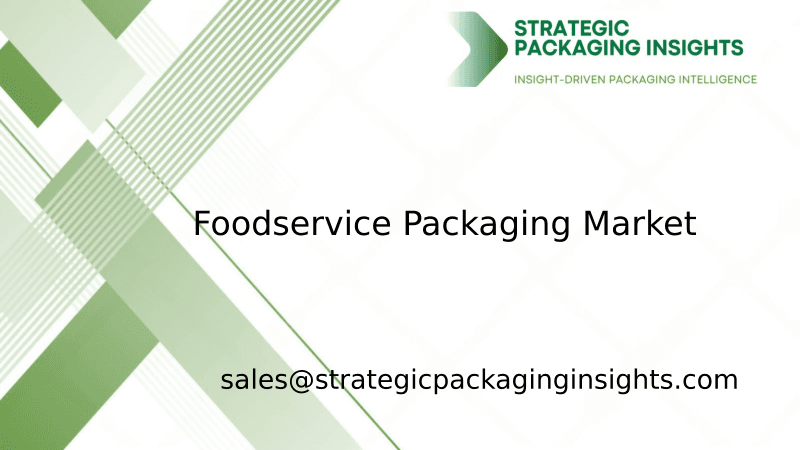
The foodservice packaging market was valued at $120 billion in 2024 and is projected to reach $180 billion by 2033, growing at a CAGR of 4.5% during the forecast period 2025–2033.

The nano-enabled packaging market was valued at $15.2 billion in 2024 and is projected to reach $35.6 billion by 2033, growing at a CAGR of 9.5% during the forecast period 2025–2033.
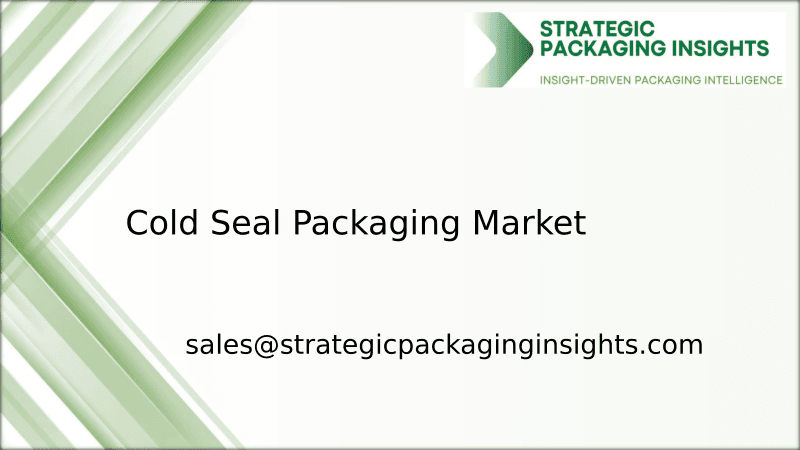
The Cold Seal Packaging market was valued at $1.5 billion in 2024 and is projected to reach $2.3 billion by 2033, growing at a CAGR of 4.8% during the forecast period 2025–2033.

The Transparent Barrier Packaging Films market was valued at $12.5 billion in 2024 and is projected to reach $20.3 billion by 2033, growing at a CAGR of 5.8% during the forecast period 2025–2033.
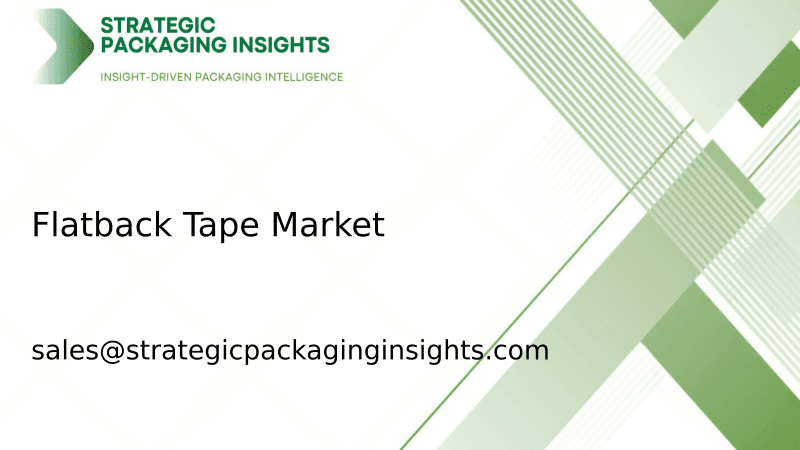
The Flatback Tape market was valued at $2.5 billion in 2024 and is projected to reach $4.1 billion by 2033, growing at a CAGR of 5.8% during the forecast period 2025–2033.
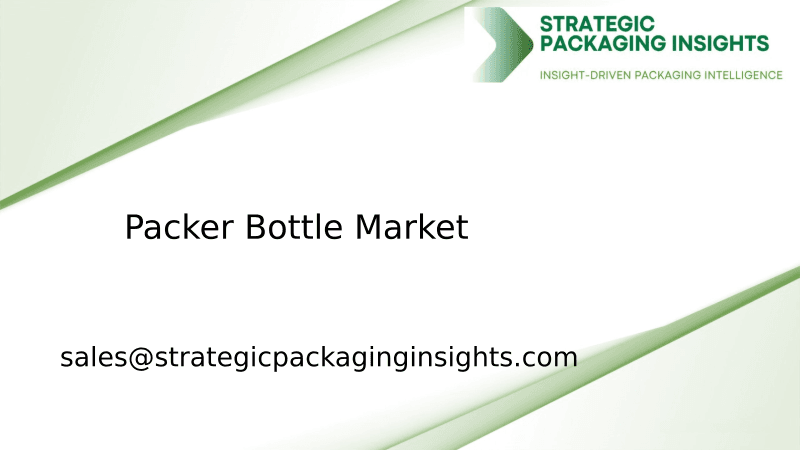
The packer bottle market was valued at $3.5 billion in 2024 and is projected to reach $5.8 billion by 2033, growing at a CAGR of 5.2% during the forecast period 2025–2033.
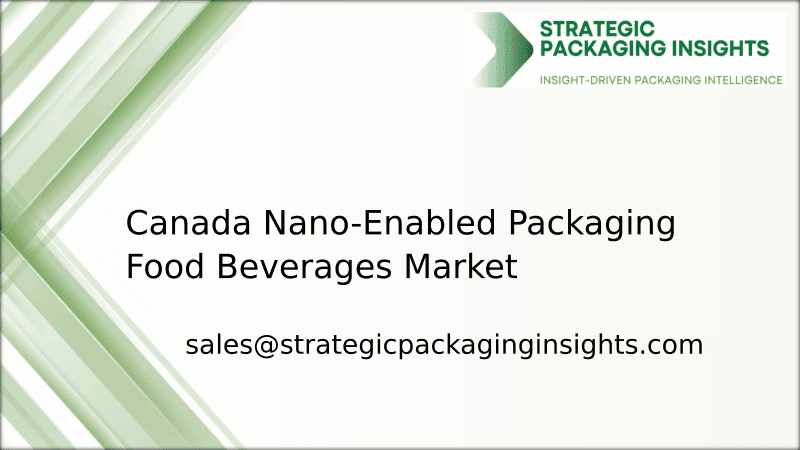
The Canada Nano-Enabled Packaging Food Beverages market was valued at $1.2 billion in 2024 and is projected to reach $3.5 billion by 2033, growing at a CAGR of 12.5% during the forecast period 2025–2033.
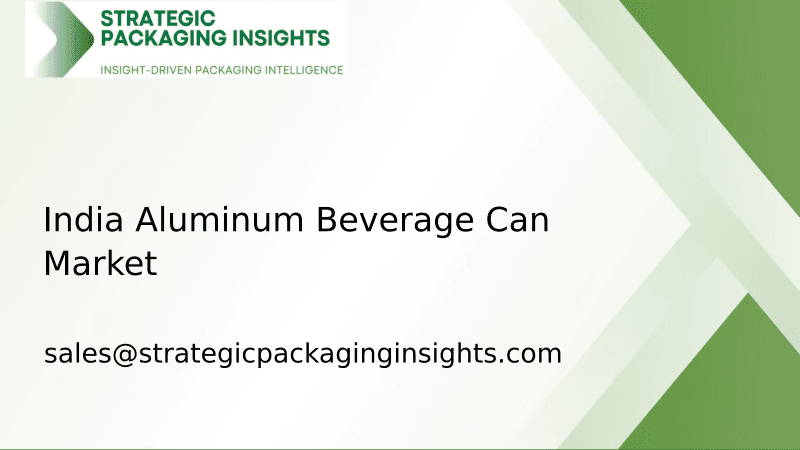
The India Aluminum Beverage Can market was valued at $1.2 billion in 2024 and is projected to reach $2.5 billion by 2033, growing at a CAGR of 8.5% during the forecast period 2025–2033.
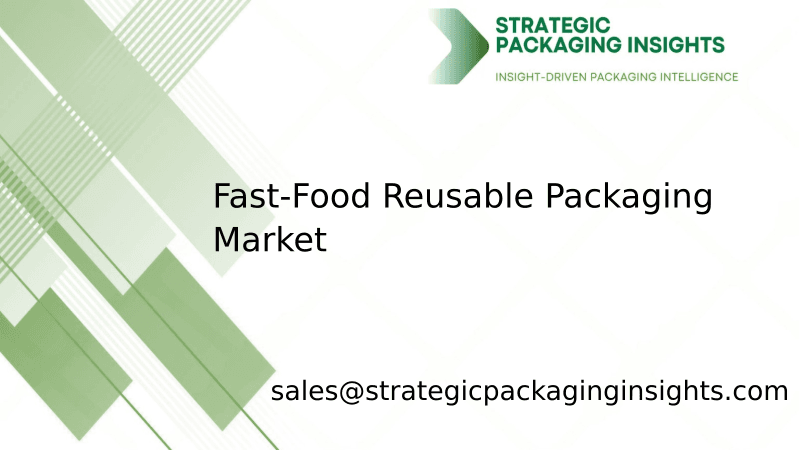
The fast-food reusable packaging market was valued at $1.2 billion in 2024 and is projected to reach $3.5 billion by 2033, growing at a CAGR of 12.5% during the forecast period 2025–2033.
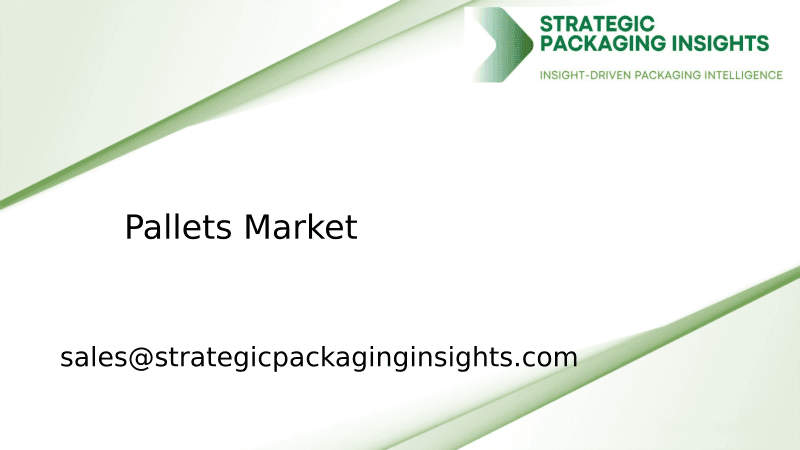
The pallets market was valued at $59.91 billion in 2024 and is projected to reach $88.69 billion by 2033, growing at a CAGR of 4.5% during the forecast period 2025–2033.

The lamination adhesives market was valued at $2.5 billion in 2024 and is projected to reach $4.1 billion by 2033, growing at a CAGR of 5.8% during the forecast period 2025–2033.

The garment packing machine market was valued at $1.2 billion in 2024 and is projected to reach $2.5 billion by 2033, growing at a CAGR of 8.5% during the forecast period 2025–2033.
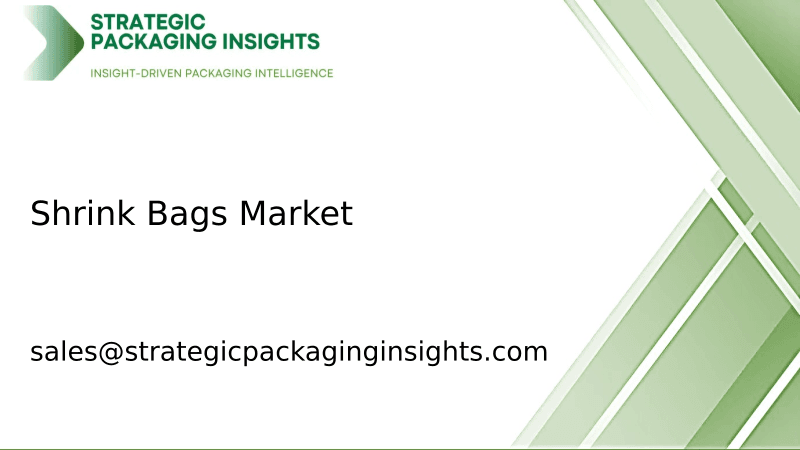
The shrink bags market was valued at $3.5 billion in 2024 and is projected to reach $5.8 billion by 2033, growing at a CAGR of 5.2% during the forecast period 2025–2033.
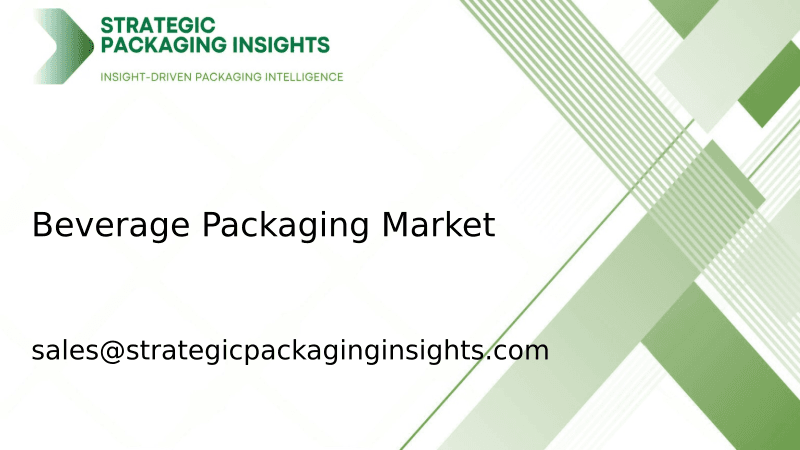
The beverage packaging market was valued at $128 billion in 2024 and is projected to reach $186 billion by 2033, growing at a CAGR of 4.2% during the forecast period 2025–2033.

The North America Freight and Logistics market was valued at $1,200 billion in 2024 and is projected to reach $1,800 billion by 2033, growing at a CAGR of 4.5% during the forecast period 2025–2033.
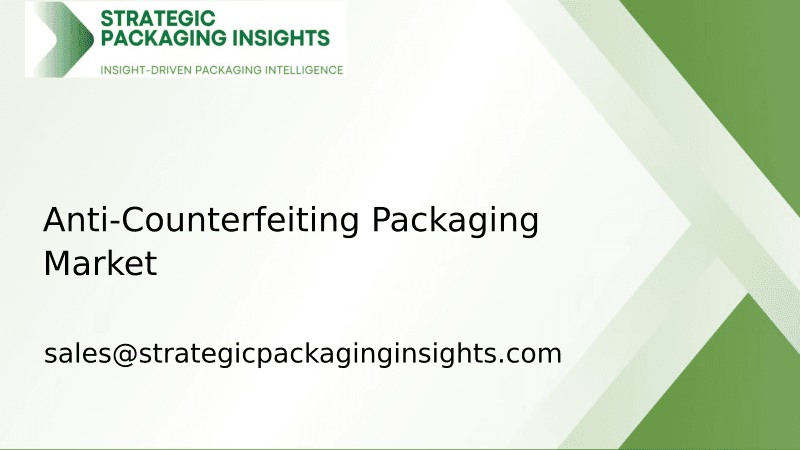
The Anti-Counterfeiting Packaging market was valued at $105 billion in 2024 and is projected to reach $182 billion by 2033, growing at a CAGR of 6.5% during the forecast period 2025–2033.

The Active and Modified Atmospheric Packaging market was valued at $15.2 billion in 2024 and is projected to reach $25.8 billion by 2033, growing at a CAGR of 6.5% during the forecast period 2025–2033.

The molded fiber packaging market was valued at $7.5 billion in 2024 and is projected to reach $12.3 billion by 2033, growing at a CAGR of 5.8% during the forecast period 2025–2033.

The micro packaging market was valued at $1.2 billion in 2024 and is projected to reach $2.5 billion by 2033, growing at a CAGR of 8.5% during the forecast period 2025–2033.
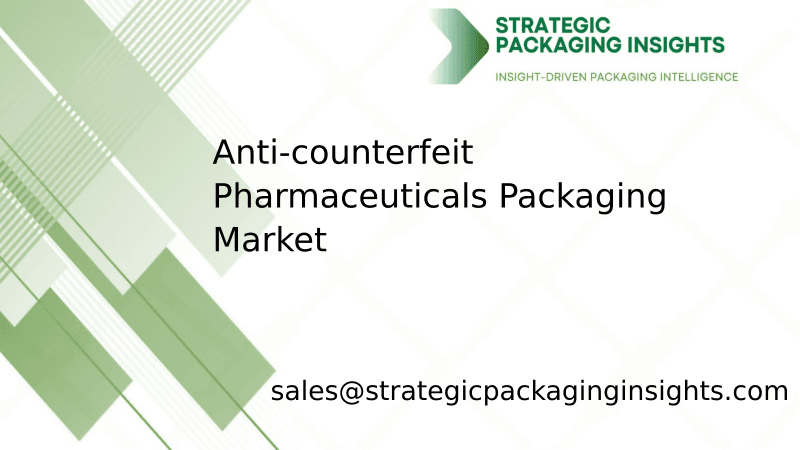
The Anti-counterfeit Pharmaceuticals Packaging market was valued at $80 billion in 2024 and is projected to reach $150 billion by 2033, growing at a CAGR of 7.5% during the forecast period 2025–2033.
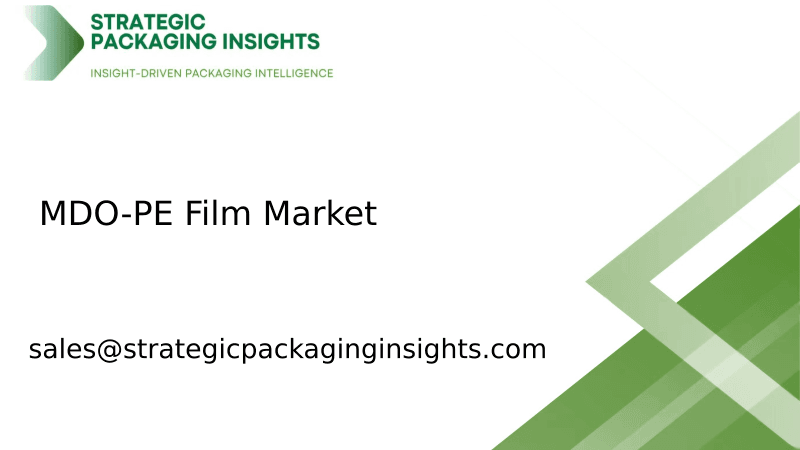
The MDO-PE Film market was valued at $3.5 billion in 2024 and is projected to reach $5.8 billion by 2033, growing at a CAGR of 5.2% during the forecast period 2025–2033.
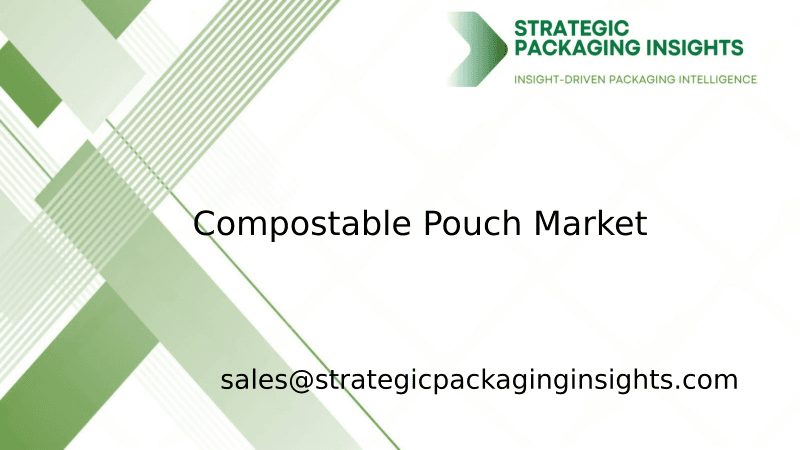
The compostable pouch market was valued at $1.2 billion in 2024 and is projected to reach $3.5 billion by 2033, growing at a CAGR of 12.5% during the forecast period 2025–2033.

The Hot Melt Glue Labeler market was valued at $1.2 billion in 2024 and is projected to reach $2.3 billion by 2033, growing at a CAGR of 6.5% during the forecast period 2025–2033.

The Ethical Label market was valued at $1.5 billion in 2024 and is projected to reach $3.2 billion by 2033, growing at a CAGR of 8.5% during the forecast period 2025–2033.

The Packaging Tensioner market was valued at $1.2 billion in 2024 and is projected to reach $2.3 billion by 2033, growing at a CAGR of 6.5% during the forecast period 2025–2033.

The foodservice packaging market was valued at $120 billion in 2024 and is projected to reach $180 billion by 2033, growing at a CAGR of 4.5% during the forecast period 2025–2033.

The nano-enabled packaging market was valued at $15.2 billion in 2024 and is projected to reach $35.6 billion by 2033, growing at a CAGR of 9.5% during the forecast period 2025–2033.

The Cold Seal Packaging market was valued at $1.5 billion in 2024 and is projected to reach $2.3 billion by 2033, growing at a CAGR of 4.8% during the forecast period 2025–2033.

The Transparent Barrier Packaging Films market was valued at $12.5 billion in 2024 and is projected to reach $20.3 billion by 2033, growing at a CAGR of 5.8% during the forecast period 2025–2033.

The Flatback Tape market was valued at $2.5 billion in 2024 and is projected to reach $4.1 billion by 2033, growing at a CAGR of 5.8% during the forecast period 2025–2033.

The packer bottle market was valued at $3.5 billion in 2024 and is projected to reach $5.8 billion by 2033, growing at a CAGR of 5.2% during the forecast period 2025–2033.

The Canada Nano-Enabled Packaging Food Beverages market was valued at $1.2 billion in 2024 and is projected to reach $3.5 billion by 2033, growing at a CAGR of 12.5% during the forecast period 2025–2033.

The India Aluminum Beverage Can market was valued at $1.2 billion in 2024 and is projected to reach $2.5 billion by 2033, growing at a CAGR of 8.5% during the forecast period 2025–2033.

The fast-food reusable packaging market was valued at $1.2 billion in 2024 and is projected to reach $3.5 billion by 2033, growing at a CAGR of 12.5% during the forecast period 2025–2033.

The pallets market was valued at $59.91 billion in 2024 and is projected to reach $88.69 billion by 2033, growing at a CAGR of 4.5% during the forecast period 2025–2033.

The lamination adhesives market was valued at $2.5 billion in 2024 and is projected to reach $4.1 billion by 2033, growing at a CAGR of 5.8% during the forecast period 2025–2033.

The garment packing machine market was valued at $1.2 billion in 2024 and is projected to reach $2.5 billion by 2033, growing at a CAGR of 8.5% during the forecast period 2025–2033.

The shrink bags market was valued at $3.5 billion in 2024 and is projected to reach $5.8 billion by 2033, growing at a CAGR of 5.2% during the forecast period 2025–2033.

The beverage packaging market was valued at $128 billion in 2024 and is projected to reach $186 billion by 2033, growing at a CAGR of 4.2% during the forecast period 2025–2033.

The North America Freight and Logistics market was valued at $1,200 billion in 2024 and is projected to reach $1,800 billion by 2033, growing at a CAGR of 4.5% during the forecast period 2025–2033.

The Anti-Counterfeiting Packaging market was valued at $105 billion in 2024 and is projected to reach $182 billion by 2033, growing at a CAGR of 6.5% during the forecast period 2025–2033.

The Active and Modified Atmospheric Packaging market was valued at $15.2 billion in 2024 and is projected to reach $25.8 billion by 2033, growing at a CAGR of 6.5% during the forecast period 2025–2033.

The molded fiber packaging market was valued at $7.5 billion in 2024 and is projected to reach $12.3 billion by 2033, growing at a CAGR of 5.8% during the forecast period 2025–2033.

The micro packaging market was valued at $1.2 billion in 2024 and is projected to reach $2.5 billion by 2033, growing at a CAGR of 8.5% during the forecast period 2025–2033.

The Anti-counterfeit Pharmaceuticals Packaging market was valued at $80 billion in 2024 and is projected to reach $150 billion by 2033, growing at a CAGR of 7.5% during the forecast period 2025–2033.

The MDO-PE Film market was valued at $3.5 billion in 2024 and is projected to reach $5.8 billion by 2033, growing at a CAGR of 5.2% during the forecast period 2025–2033.

The compostable pouch market was valued at $1.2 billion in 2024 and is projected to reach $3.5 billion by 2033, growing at a CAGR of 12.5% during the forecast period 2025–2033.
